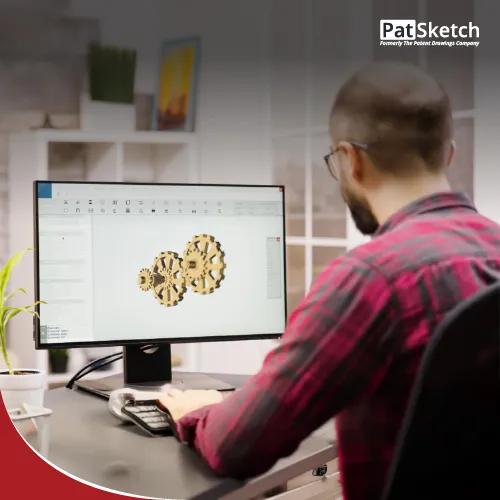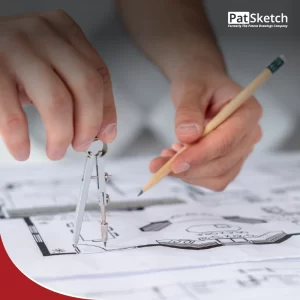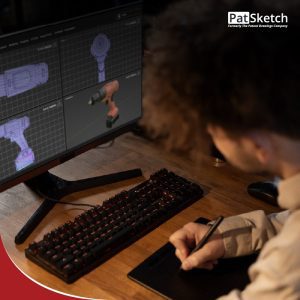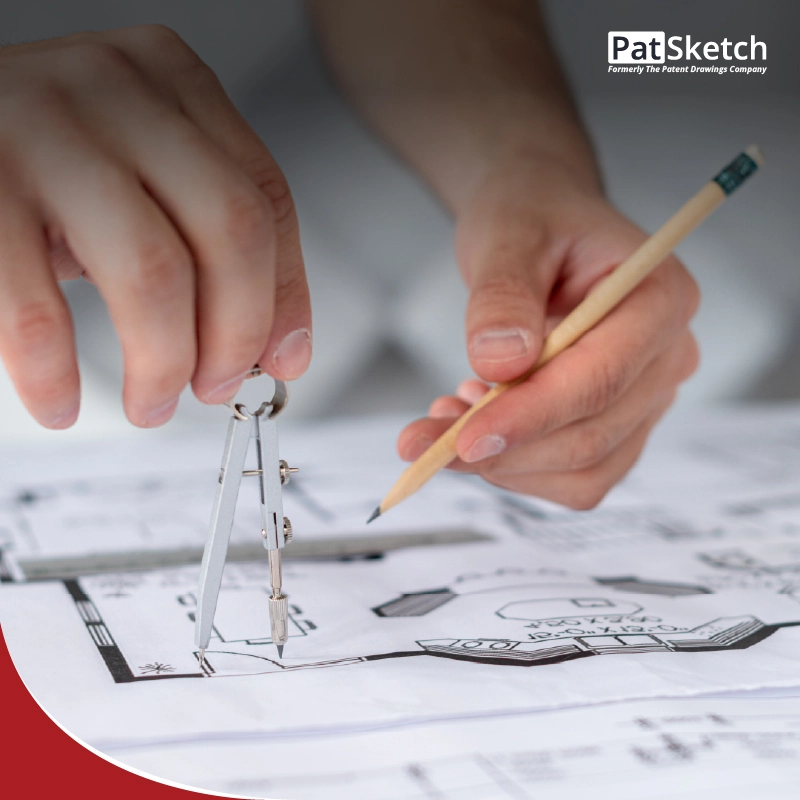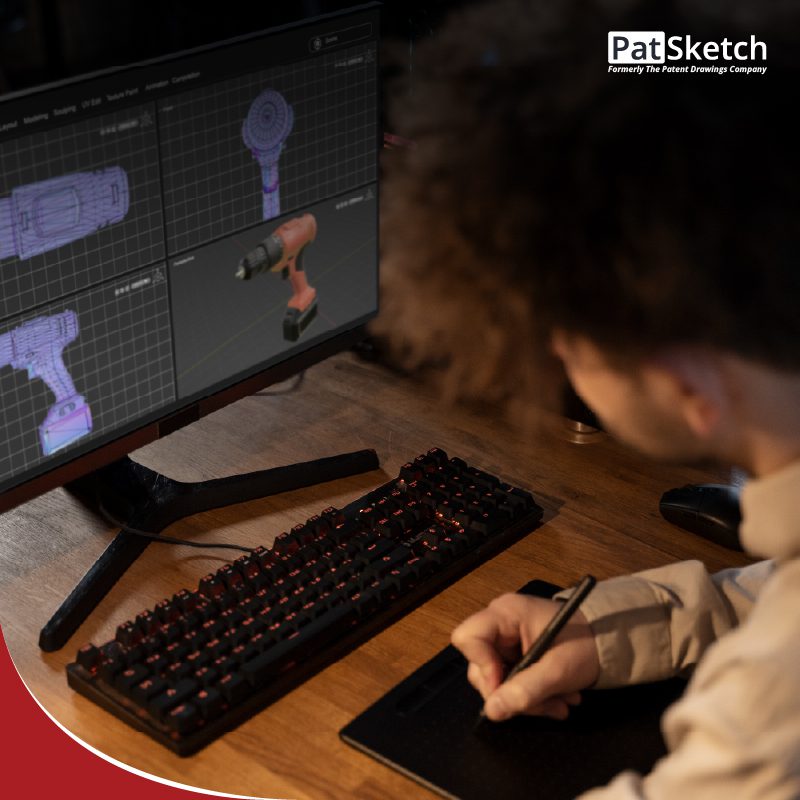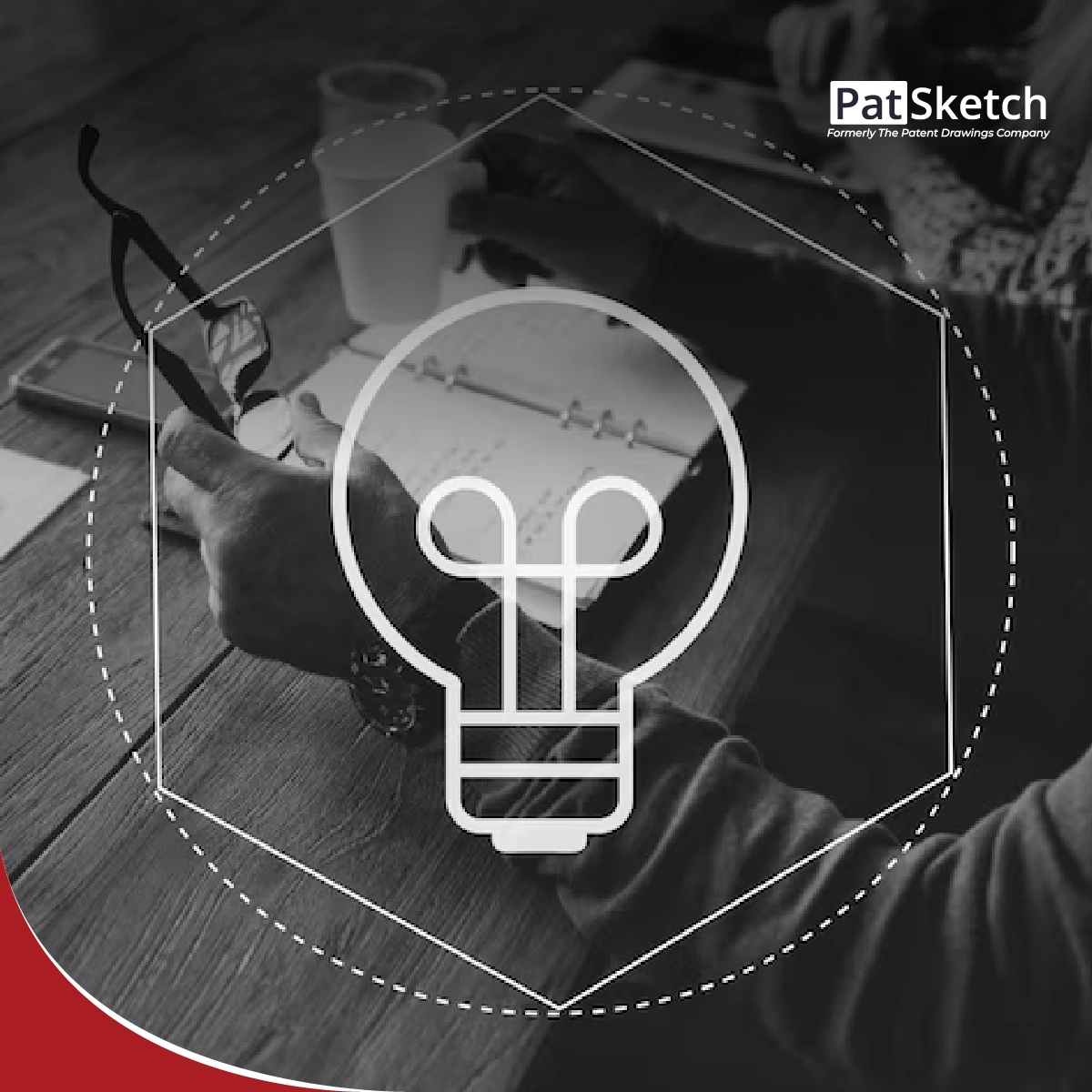Digital tools have revolutionized the process of creating patent drawings, offering enhanced precision, flexibility, and ease of modification. Utilizing the right software can streamline the patent drawing process and help inventors effectively communicate their inventions visually. This article provides recommendations for software and offers tips on how to utilize digital tools for patent drawing.
Benefits of Using Digital Tools for Patent Drawing
Using digital tools for patent drawing offers several benefits, including:
- Precision: Digital tools provide precise control over lines, shapes, and measurements, ensuring accurate representation of the invention.
- Flexibility: Digital drawings can be easily modified, resized, or rearranged without compromising quality. This allows for quick adjustments and iterative improvements.
- Efficiency: Digital tools enable faster creation and editing of drawings, reducing the time required for manual drafting and erasing.
- Versatility: Digital drawings can be easily reproduced, shared, and integrated into electronic patent applications.
- Enhanced Visualization: Digital tools offer advanced features, such as 3D modeling and interactive views, allowing inventors to present their inventions more effectively.
Recommended Software for Patent Drawing
Several types of software are commonly used for patent drawing. Here are some recommendations:
Computer-Aided Design (CAD) Software
CAD software is widely used for creating precise and detailed drawings. Some popular CAD software options include:
- AutoCAD: A professional CAD software with extensive drawing and drafting capabilities.
- SolidWorks: A 3D modeling software suitable for complex mechanical and industrial designs.
- Fusion 360: A cloud-based CAD software that combines modeling, simulation, and collaboration features.
- FreeCAD: An open-source CAD software that provides a range of tools for 2D and 3D modeling.
Vector Graphics Editors
Vector graphics editors are commonly used for creating scalable and high-quality illustrations. Recommended vector graphics editors for patent drawing include:
- Adobe Illustrator: A powerful and versatile software for creating precise and detailed vector illustrations.
- CorelDRAW: A comprehensive vector graphics suite with a wide range of tools for illustration and design.
- Inkscape: A free and open-source vector graphics editor that offers a range of drawing and editing tools.
Image Editing Software
Image editing software can be useful for refining and enhancing patent drawings. Popular image editing software options include:
- Adobe Photoshop: A leading software for editing and manipulating images, providing tools for color adjustment, cropping, and retouching.
- GIMP: A free and open-source image editing software that offers a wide range of features for image manipulation and enhancement.
Drawing Tablets and Digital Pens
Drawing tablets and digital pens provide a more natural and intuitive drawing experience. Some recommended options include:
- Wacom Intuos Pro: A professional-grade drawing tablet with pressure sensitivity and customizable shortcut keys.
- Huion Kamvas Pro: A budget-friendly drawing tablet with a high-resolution display and pen pressure sensitivity.
- Apple iPad Pro + Apple Pencil: A popular combination for digital drawing, offering a touch-sensitive display and precise stylus input.
Tips for Using Digital Tools for Patent Drawing
When using digital tools for patent drawing, consider the following tips:
Familiarize Yourself with the Software
Take the time to learn and familiarize yourself with the features and functionalities of the software you choose. Explore tutorials, documentation, and online resources to maximize your efficiency and creativity.
Start with Sketches and Rough Drafts
Begin with rough sketches and drafts to quickly capture your ideas and explore different design possibilities. Refine and iterate on these initial drafts before creating the final patent drawings.
Use Layers for Organization and Flexibility
Utilize layers in your digital drawing software to organize different elements of your drawing. This allows you to work on individual components separately, make changes easily, and maintain a clean and organized drawing file.
Utilize Measurement and Alignment Tools
Make use of the measurement and alignment tools available in your software to ensure accuracy and consistency in your patent drawings. Use grids, rulers, and guides to align elements and maintain proportional relationships.
Consider Patent Office Guidelines and Requirements
While using digital tools, it is important to consider the specific guidelines and requirements of the patent office you are filing with. Ensure your drawings meet the required formats, sizes, margins, and other specifications outlined by the patent office.
Conclusion
Digital tools offer significant advantages in creating patent drawings, from enhanced precision to flexible editing. For utility patent drawings and design patent drawings, using the right software like AutoCAD for precision or Adobe Illustrator for scalable illustrations, can streamline the process. This blog highlights tools, tips, and software for optimizing your patent drawings to meet office guidelines and effectively communicate inventions.
PatSketch
PatSketch bridges the gap between powerful digital tools and professional expertise in patent drawing services. While software like CAD and Illustrator can assist inventors, our skilled team ensures every drawing meets the strict standards of global patent offices. From detailed utility patent drawings services to precise design patent drawing services, PatSketch turns your concepts into accurate and compliant illustrations that save you time, effort and costly rejections.

